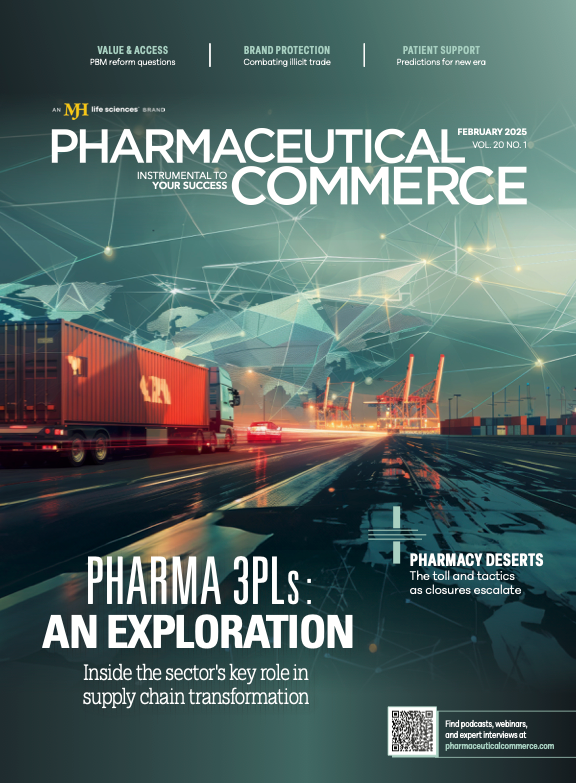Conference Connect: Navigating the Future of Pharma Trade
Trade & Channel Strategies conference explores the frontline issues related to strategy, distribution, and reimbursement—while digging into creative solutions to solve them.
Industry professionals in the trade and channel space convened at the W Philadelphia for Informa Connect’s Trade & Channel Strategies to discuss a plethora of topics, including channel strategy, distribution, reimbursement, and product strategy, to name a few.
Pharmaceutical Commerce was in attendance, providing behind-the-scenes coverage. The sessions covered included:
- “2024 Year-in-Review and Preview of 2025” (Keynote)
- “Pharmacy Evolved—Aligning Commercialization to the Changing Pharmacy Channel”
- “Securing the US Supply Chain and Managing Global Products”
- “Patient-Centric 3.0 — HowDirect-to-Patient is the NewCommercialization Model”
- “Actions Needed to Mitigate and Prevent Drug Shortages”
- “Health System Specialty Pharmacy Perspective: Lessons Learned and Considerations with Humira”
- “Balancing the GTN Bubble with Market Access Priorities”
It’s important to note that no specific session was more valuable than another, but aside from Bill Roth’s keynote—which set the table for what’s to come this year—the “Actions Needed to Mitigate and Prevent Drug Shortages” seminar was successful in providing an overview of this vital issue impacting pharma supply chains today. During her presentation, Amy Sonderman, senior director of US advocacy and stakeholder engagement, US Pharmacopeia (USP), offered a look into the sources of shortages; shared approaches to holistic solutions; and presented potential ways that pharma supply chain stakeholders can work with Congress and one another to help mitigate and prevent shortages in the US.
A couple of eye-opening statistics were shared during the session. One was that the sterile injectable medicines that are in shortage cost 8.5 times less than those that are currently not in a shortage—to put it into perspective, imagine $46 per unit compared to $392 per unit. As for solid orals in shortage, they cost five times less than those not in shortage, which would be $3.40/unit compared to $17.50/unit. These types of factors are contributing to the discontinuations of these products, a trend that increased by 40% last year, according to Sonderman. She put it into perspective by offering a real-life example.
“Think about that—if you have a child who needs ADHD medicine and your pediatrician prescribed it, you go to the pharmacy and they don't have it. You then spend hours as a caregiver calling around to pharmacies. The pediatrician has to then spend hours calling around to the pharmacy. The pharmacist, who should be assisting other patients, is spending hours calling wholesalers, calling hospitals. This is a huge waste of resources. It's a huge time-stop for the healthcare industry to just try to mitigate one shortage.”
The editorial team also conducted various video interviews with multiple key opinion leaders, including Kevin O’Meara, William Trombetta, PhD,Cheryl Allen, Jon Hamrick, and Lisa Arthurs.
For the latest in conference coverage, please visit pharmaceuticalcommerce.com/latest-conference.

485 Route 1 South,
Building F, Suite 210
Iselin, NJ 08830
All rights reserved.